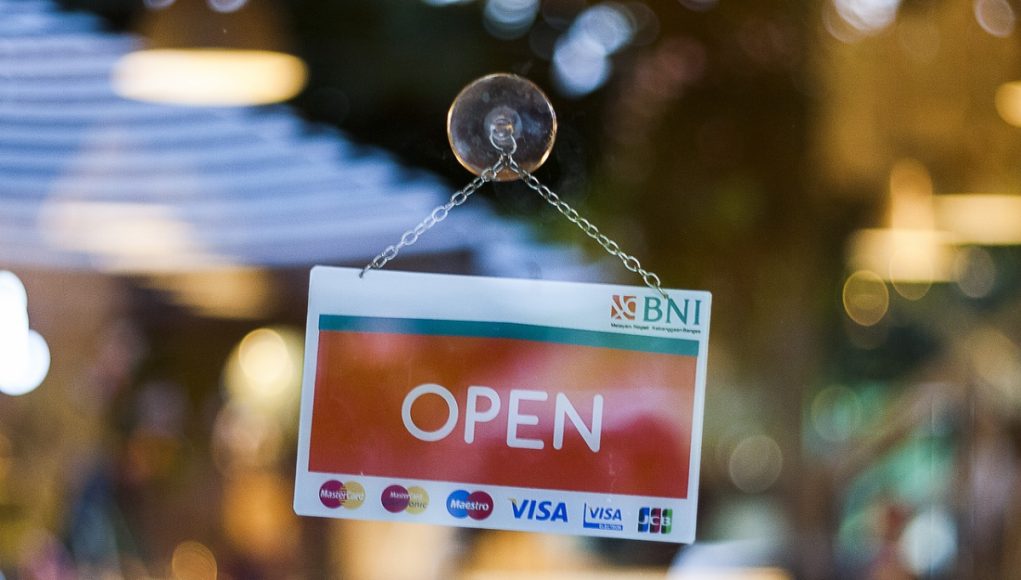Research indicated that only 31.1% of minors who obtained e-cigarettes bought them from a retailer.
The flavours draft guideline was released just weeks before Commissioner Scott Gottlieb’s set exit from the agency. This move was in fact one of Gottlieb’s priorities following the backlash he faced for the alleged increase in teen vaping, which many blamed on the PMTA delay.
The proposal will ban all flavoured products with the exception of tobacco, mint or menthol-flavored e-cigarettes, from retail stores that minors can access easily, such as convenience stores and gas stations.
“We’re proposing to prioritize enforcement of flavored ENDS products (other than tobacco-, mint-, and menthol-flavored) that are offered for sale in ways that pose a greater risk for minors to access the products,” said the former Commissioner in a statement at the time.
Most teens do not purchase e-cigs directly
However, in an article on CNBC, the CEO of the National Association of Convenience Stores Henry O. Armour, pointed out that research has indicated that only 31.1% of minors who obtained e-cigarettes bought them from a retailer. The 2018 study titled “How do Adolescents Get Their E-Cigarettes and Other Electronic Vaping Devices?” published in the American Journal of Health Promotion, had indicated that minors get most of their e-cigarettes from adults who are old enough to buy them.
The study, which was even cited by the FDA in its policy proposal, also showed that while first obtained by adults, the devices are resold or given to minors, with more than half of the minors who use e-cigarettes obtaining them this way.
“The counterproductive nature of the FDA’s policy becomes clear when examining the data on those retail sales. Almost a third of minors who buy e-cigarettes from a retailer purchased them online, 22.3% bought them in vape shops and 16.4% purchased them in tobacco stores. Altogether, those three types of outlets account for nearly 70% of the retail purchases of e-cigarettes by minors,” explained Armour.








